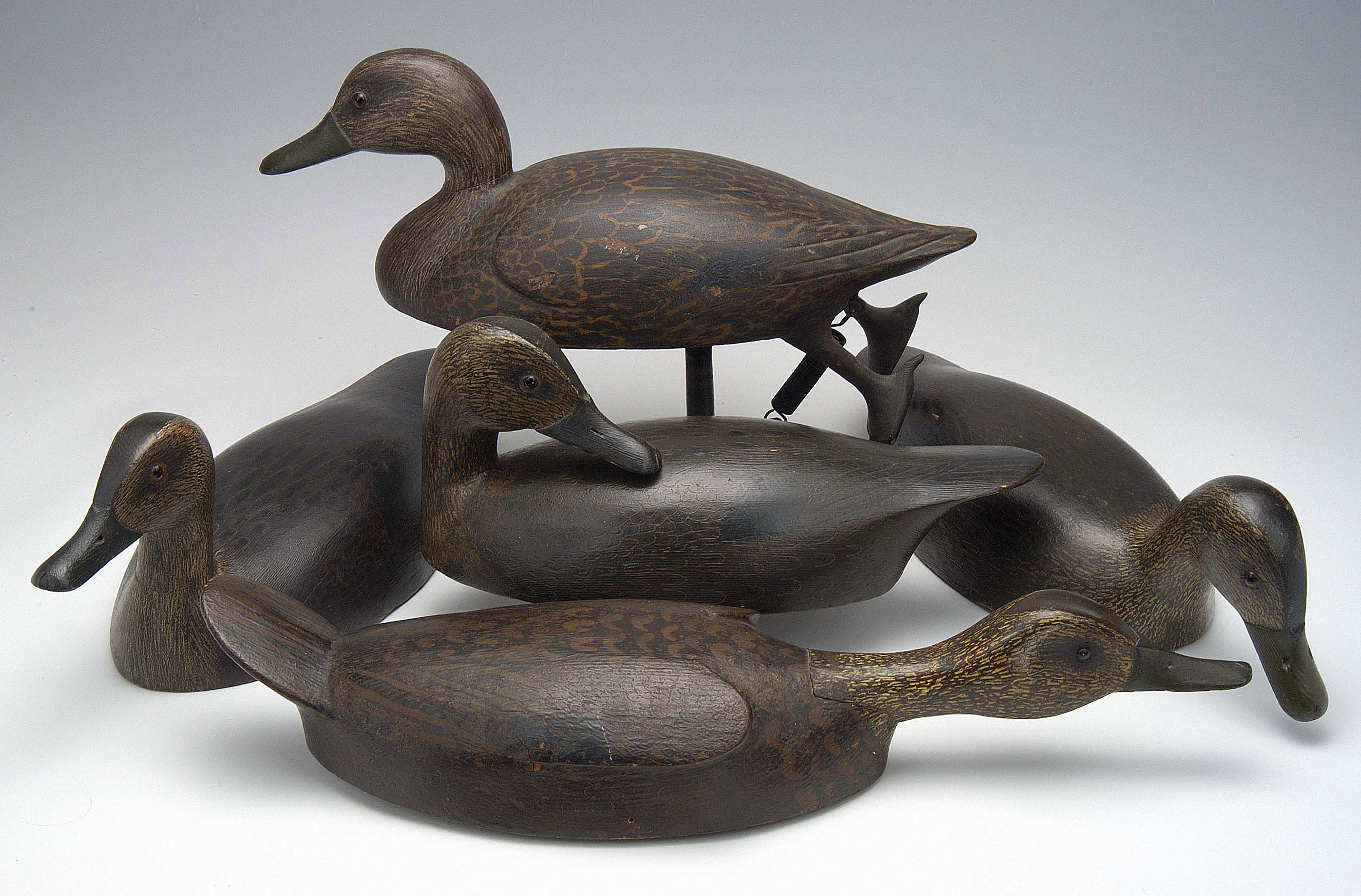Unrivalled collection of waterfowl decoys
June 13, 2016
Hunting has always been a central part of the Canadian experience. An important aspect of that history is now preserved in the Canadian Museum of History, thanks to the donation of an unrivalled collection of antique waterfowl decoys.
The 150 duck and goose decoys that are part of this collection were assembled over 30 years by Dr. Jim Stewart of Etobicoke, Ontario, a respected collector of wildlife Canadiana and author of two books about Canadian waterfowl decoys. The collection includes some of the finest works by many of the best Ontario decoy carvers of the late 19th and early 20th centuries. “It’s a collection you wouldn’t put together again easily, if ever,” Dr. Stewart said.
About a decade ago, he was “getting on” in age and wondering what to do with the collection. “It’s not the sort of thing you’d leave to your children or grandchildren,” he said. “The whole idea of building a personal collection is the fun and excitement of putting it together.” He also ruled out the idea of selling the birds. He knew they’d fly quickly across the border into the hands of American collectors, who dominate the market for waterfowl decoys.
He eventually approached the Canadian Museum of History, thinking it might be interested in high-quality “outdoor collectibles,” such as his decoys and his collection of antique Canadian-made shotguns. After all, he thought, hunting for subsistence or sport has been an important part of the Canadian experience, a fact that should be reflected in Canada’s national museum of human history. Dr. Stewart and his collections were greeted by the Museum with enthusiasm. The shotguns were accepted several years ago; the decoys more recently.
“When someone like Dr. Stewart comes along with an impeccably researched and inventoried collection of such quality, you just can’t turn it down,” said Dr. Laura Sanchini, Curator, Craft Design and Popular Culture at the Canadian Museum of History. Referring to the decoy collection in particular, she said “it really is of national significance — the best work of the carvers, along with the cultural and historical context. I wish all our acquisitions were that well put together.” She said both collections provide a unique window into Canadians’ historic and enduring connection with the wilderness and hunting.
When asked to identify a personal favourite among the decoys, Dr. Stewart mentioned a female black duck with a tipping hinge, a device that allows a hunter in a nearby blind to pull a rope and tip the bird forward, immersing its head and sending its feet and tail skyward. “Ducks flying overhead think, ‘Oh, that must be a real duck!”, he said with a laugh. The stunt was likely pulled with that very duck on countless occasions. Like all the decoys in the collection, it was a carving with a purpose — a tool used by a hunter — not simply an objet d’art, beautiful though it is.
The Stewart Collection of Waterfowl Decoys will be an invaluable resource for the Museum and for others interested in discovering and exploring this aspect of the Canadian experience.
Image: Some decoys of the exceptional collection of antique hunting decoys donated to the Museum of history by Jim Stewart.
Photo: by courtesy of Dr. Jim Stewart